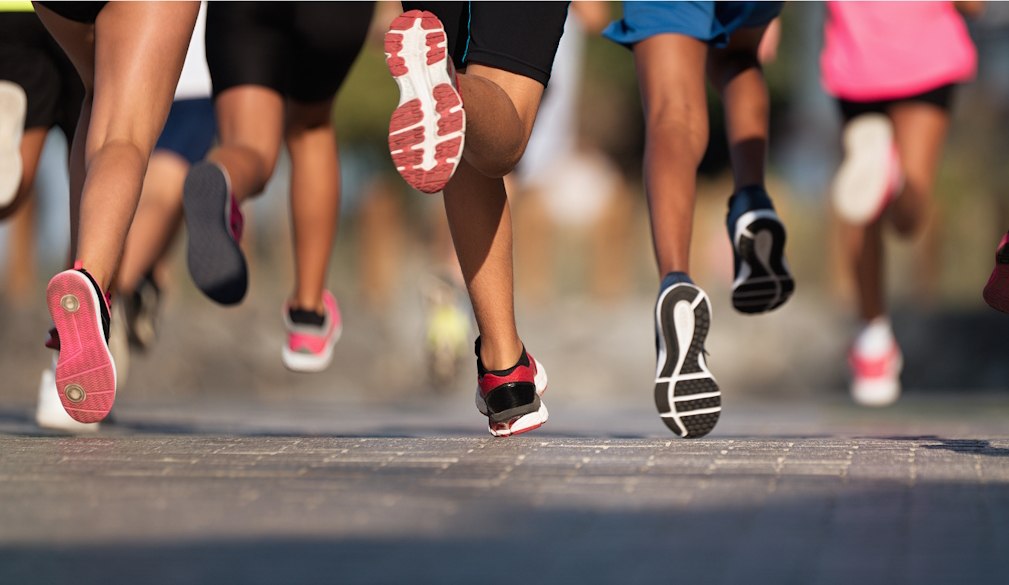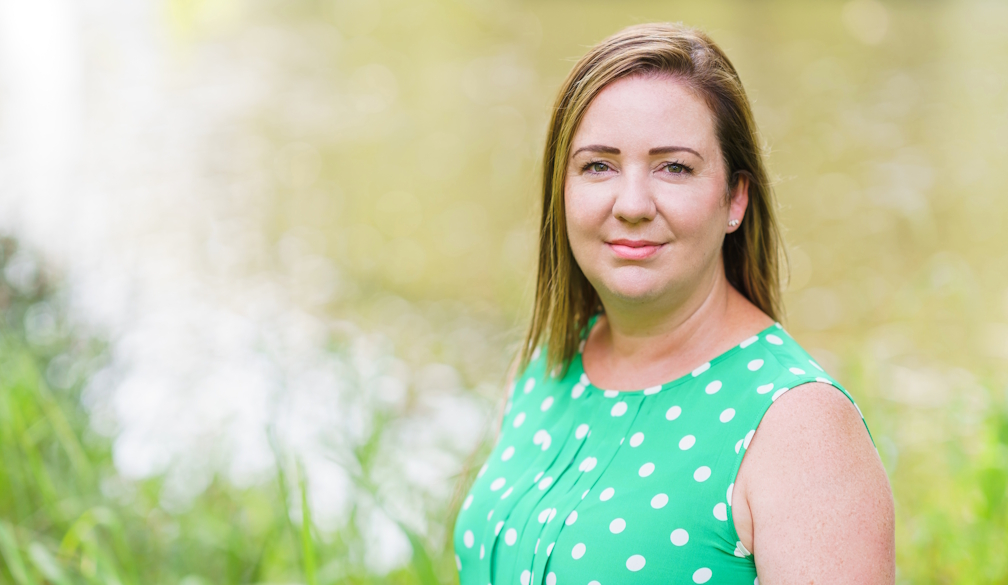Why your spin bike has become a clothes rack – and what you can do about it, according to behavioural science
- Written by Swee-Hoon Chuah, Professor of Behavioural Economics, Tasmanian Behavioural Lab, University of Tasmania

Chances are that the end of the year has made you assess some of your 2024 New Year’s resolutions. Perhaps you, like us, bought a home spin bike or rowing machine in January. Most likely by March, you realised you’ve used it a lot less than you planned. And very probably by June, it has disappeared under a pile of clothes.
You are not alone. A recent Gallup survey[1] shows seven out of ten adults plan to set goals for the next year. According to statista[2], the most common ones are health goals (exercise and diet) followed by saving money. This is why exercise equipment sales[3] peak in January.
But research[4] shows a quarter of us fail to stick to our New Year resolutions after just one week and more than half within six months. At the end of two years, only 20% succeed.
So why do we keep making resolutions – often accompanied by considerable expense – even though we keep breaking them, and what can we do to persevere? How can you redeem your spin bike? Recent insights from behavioural science hold some answers.
Why we try, and why we fail
You bought a spin bike because you are human.
Other animals do not exercise. Many of them are goal-oriented (they chase or flee), but only humans have the ability to pursue self-improvement[5] to better achieve goals in the future. Exercise is an example of this.
Psychologist Abraham Maslow famously put self-actualisation – fulfilling your potential – at the top of the hierarchy of human needs[6]. You want to be the fittest version of yourself you can be. It’s only natural.
The problem is that regular exercise involves willpower and discipline beyond most of us. Especially when faced with the choice between comfy couch and spin bike. Your ambition may be willing[8], but your flesh is weak. Exercise feels hard.
This is because our brains evolved in the Stone Age when it made survival sense to loaf about[9] whenever the opportunity arose. With limited food, our ancestors needed to conserve energy for the next chase or flight.
This is true for other vices too, such as binge eating[10] or gorging on sugary foods[11]. But these things are often counterproductive in the modern world where we consume a lot more energy than we normally expend.
Self-regulation
But your bike is also a beacon of hope. Even though our psychology is often at odds with modernity, we have a trump card: the ability to self-regulate. At our best, we can override daily temptations and move towards longer-term goals.
Psychological research[12] has identified two key ingredients to this (in addition to setting goals): monitoring your behaviour for any breaches, and correcting them whenever detected.
You’ve scored two out of three so far: you made the commitment to the bike and you noticed you failed to live up to it. Now it’s time to work on the correction.
Nudge yourself
Zen masters turn weakness into strength. You too can use the human psychological failings from our evolution to your advantage. This is known as self-nudging: changing your own choices to make your best decisions more likely.
An example is the “sunk cost fallacy”, our tendency to base decisions on irrecoverable past expenses.
Here is where the spin bike makes sense: having incurred the expense, you might have a greater motivation[13] to go on your own new bike than to go to the gym. Membership can easily be cancelled, but the bike has been bought.
You could also go wholesale and use the very tools governmental Behavioural Insights Units use, on yourself[14]. For example, policymakers use the EAST framework[15] to make our desired behaviours easy, attractive, social and timely for us.
The spin bike at home is easy to use[17] compared with changing into your fanciest lululemons[18], packing your gear, driving to the gym and parking your car.
It is also timely. You can use the home spin bike whenever it suits you without needing to queue for lockers, equipment and showers.
Why not make it attractive too? Many home exercisers use a spoonful of sugar to help the medicine go down. In our house, the spin bike is permanently parked in front of the widescreen TV. Behavioural scientists call this temptation bundling[19].
You can also make your spin bike experience social. This is the Peloton phenomenon[20]: instructors, leader boards and interactions with the exercise community.
Turn over a new leaf
So should you try again in 2025? Yes.
The new year is a natural opportunity for self-improvement due to the fresh start effect[21]. Psychologist found events that mark the passage of time (birthdays, holidays, new years) allow people to mentally consign their failures to the past and start again with a clean slate. It’s an uncanny tactic and it works.
The lesson is that the end of the year provides a great opportunity to ring in much-needed changes. But that’s not enough. You also need some simple strategies to help you stick to them.
References
- ^ A recent Gallup survey (thehill.com)
- ^ statista (www.statista.com)
- ^ exercise equipment sales (www.nytimes.com)
- ^ research (doi.org)
- ^ humans have the ability to pursue self-improvement (www.psychologs.com)
- ^ at the top of the hierarchy of human needs (www.simplypsychology.org)
- ^ Shutterstock (www.shutterstock.com)
- ^ Your ambition may be willing (www.apa.org)
- ^ it made survival sense to loaf about (www.psychologytoday.com)
- ^ binge eating (www.psychologytoday.com)
- ^ gorging on sugary foods (doi.org)
- ^ Psychological research (www.tandfonline.com)
- ^ greater motivation (www.passiveincomenz.com)
- ^ use the very tools governmental Behavioural Insights Units use, on yourself (www.psychologytoday.com)
- ^ the EAST framework (www.bi.team)
- ^ Shutterstock (www.shutterstock.com)
- ^ easy to use (civicscience.com)
- ^ changing into your fanciest lululemons (womensfitness.co.uk)
- ^ temptation bundling (jamesclear.com)
- ^ Peloton phenomenon (www.psychologytoday.com)
- ^ fresh start effect (doi.org)

















